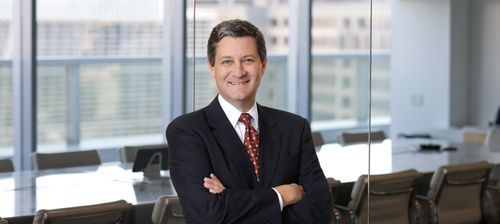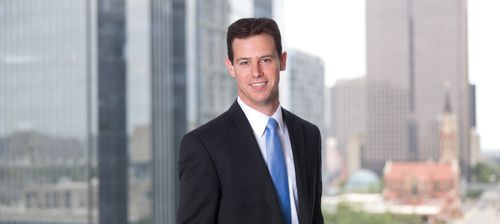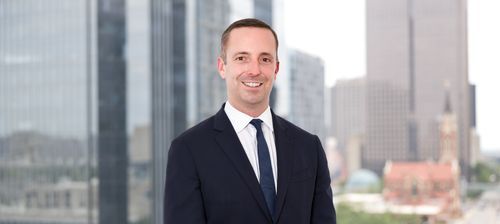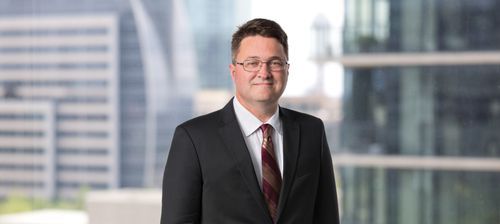Client Alert
Claim Construction Foreclosing One Obviousness Theory Does Not Block All Obviousness Theories Based on the Same References
Client Alert
Claim Construction Foreclosing One Obviousness Theory Does Not Block All Obviousness Theories Based on the Same References
April 1, 2019
TEK Global, S.R.L. v. Sealant Systems International, No. 2017-2507 (Fed. Cir. Mar. 29, 2019)
The patentee of an emergency kit used to repair vehicle tires brought an infringement action against its competitor. The accused infringer appealed following a jury trial finding the asserted claims of the patent infringed and not invalid. The Federal Circuit vacated the district court’s judgment as to validity, and reversed its denial of the accused infringer’s motion for a partial new trial.
Prior to the jury trial, the district court granted summary judgment of invalidity based on its claim construction of a key limitation and two prior art references that rendered the claimed invention obvious because of that construction. The patentee appealed and the Federal Circuit reversed the district court’s construction of the limitation and found that the references did not teach the limitation as properly construed. On remand, the district court refused to allow the accused infringer to present evidence to the jury at trial regarding the two references because of the Federal Circuit’s ruling on the teachings of the references based on the proper construction of the limitation at issue.
The Federal Circuit’s ruling on the claim construction issue related to only one obviousness theory. “[T]he district court should not have barred [the accused infringer] from presenting to the jury other preserved obviousness theories” merely because that theory was foreclosed. A partial new trial on the issue of validity was therefore appropriate to allow the accused infringer to present evidence of other potential obviousness theories based on those references.





